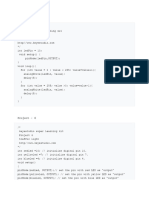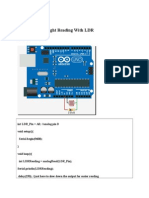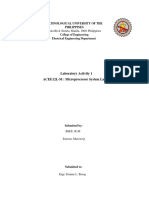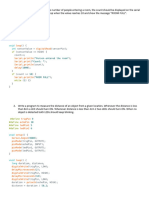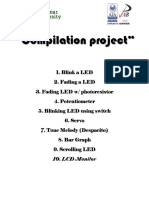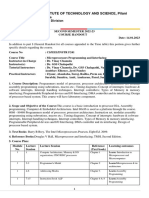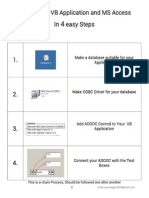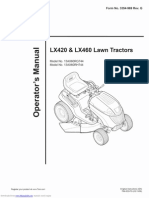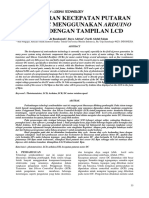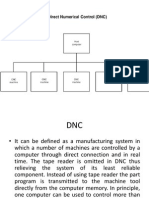0% found this document useful (0 votes)
27 views12 pagesSample Paper - Practical IoT
The document contains a sample question paper with practical programming tasks related to Arduino. Each task includes a specific programming challenge, such as using sensors, controlling LEDs, and displaying messages on an LCD. The document also provides solutions for each task with corresponding code snippets.
Uploaded by
AkanshaCopyright
© © All Rights Reserved
We take content rights seriously. If you suspect this is your content, claim it here.
Available Formats
Download as PDF, TXT or read online on Scribd
0% found this document useful (0 votes)
27 views12 pagesSample Paper - Practical IoT
The document contains a sample question paper with practical programming tasks related to Arduino. Each task includes a specific programming challenge, such as using sensors, controlling LEDs, and displaying messages on an LCD. The document also provides solutions for each task with corresponding code snippets.
Uploaded by
AkanshaCopyright
© © All Rights Reserved
We take content rights seriously. If you suspect this is your content, claim it here.
Available Formats
Download as PDF, TXT or read online on Scribd
/ 12












